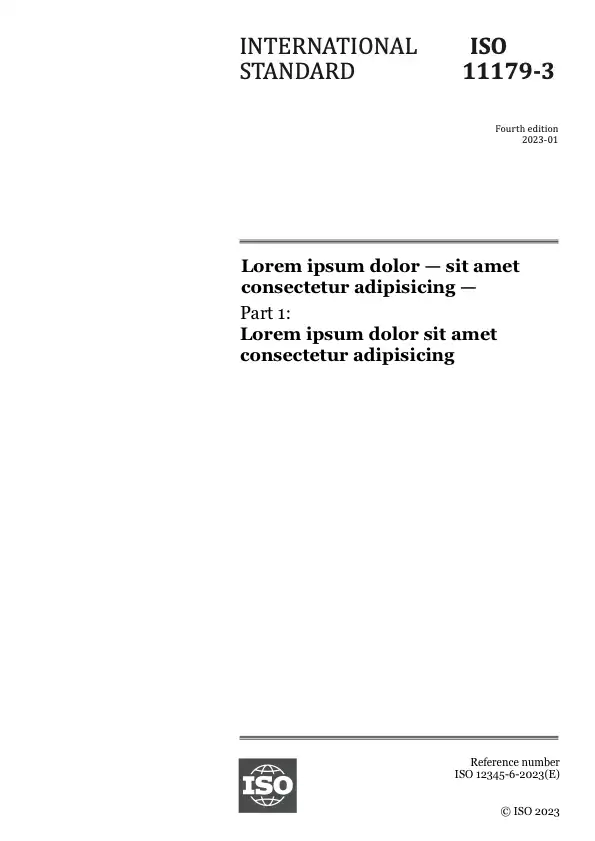Тезис
ISO 12828-2:2016 describes tools and techniques for use in validating the analysis of fire gases when an analytical method is developed in a laboratory. It complements ISO 12828‑1, which deals with limits of quantification and detection.
The tools and techniques described can be applied to the measurement of quantities, concentrations (molar and mass), volume fractions, and concentration or volume fraction versus time analyses. Fire effluents are often a complex matrix of chemical species, strongly dependent on the materials involved in the fire, but also dependent on fire scenario parameters (see ISO 19706). With such a wide variety of conditions, the analytical techniques available will differ in terms of the influence of the matrix on the methods and on the concentration ranges which can be measured. The analytical techniques available are likely to differ significantly in several respects, such as their sensitivity to the matrix and the range of concentrations/volume fractions which can be reliably measured. For these reasons, a unique reference analytical technique for every fire effluent of interest is, in practical terms, difficult or impossible to achieve. The tools in this document allow verification of the reliable measurement ranges and conditions for the analysis of fire effluents, thereby enabling a comparison among various analytical techniques.
Examples of existing International Standards where the information contained in this document can be used are the analytical chemical methods in ISO 19701, ISO 19702, ISO 5660‑1, and the chemical measurements in the methods discussed in ISO/TR 16312‑2, ISO 16405, or their application to fire toxicity assessment using ISO 13571 and ISO 13344.
NOTE 1 The variable "concentration" is used throughout this document, but it can be replaced in all places with "volume fraction" without altering the meaning. This does not apply to the Annexes.
NOTE 2 Concentration can be calculated from volume fraction by multiplying by the density of the relevant gas at the relevant temperature and pressure.
Preview
Общая информация
-
Текущий статус: ОпубликованоДата публикации: 2016-12Этап: Подтверждение действия между-народного стандарта [90.93]
-
Версия: 1
-
Технический комитет :ISO/TC 92/SC 3ICS :13.220.01
- RSS обновления
Жизненный цикл
-
Сейчас
ОпубликованоISO 12828-2:2016
Стандарт, который пересматривается каждые 5 лет
Этап: 90.93 (Подтверждено)-
00
Предварительная стадия
-
10
Стадия, связанная с внесением предложения
-
20
Подготовительная стадия
-
30
Стадия, связанная с подготовкой проекта комитета
-
40
Стадия, связанная с рассмотрением проекта международного стандарта
-
50
Стадия, на которой осуществляется принятие стандарта
-
60
Стадия, на которой осуществляется публикация
-
90
Стадия пересмотра
-
95
Стадия, на которой осуществляется отмена стандарта
-
00
Появились вопросы?
Ознакомьтесь с FAQ
Часы работы:
Понедельник – пятница: 09:00-12:00, 14:00-17:00 (UTC+1)

